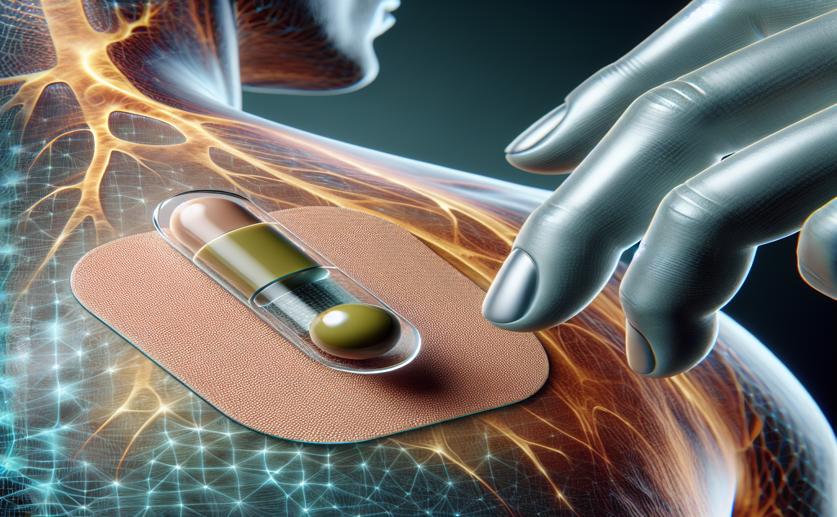
Bio-ink Skin Patches with Olive Extracts for Better Wound Healing
David Palenski
11th January, 2024

Image Source: Natural Science News, 2024
References
Main Study
1) 3D-Printed Alginate/Pectin-Based Patches Loaded with Olive Leaf Extracts for Wound Healing Applications: Development, Characterization and In Vitro Evaluation of Biological Properties.
Published 11th January, 2024
https://doi.org/10.3390/pharmaceutics16010099



 24th January, 2024 | Phil Stevens
24th January, 2024 | Phil Stevens